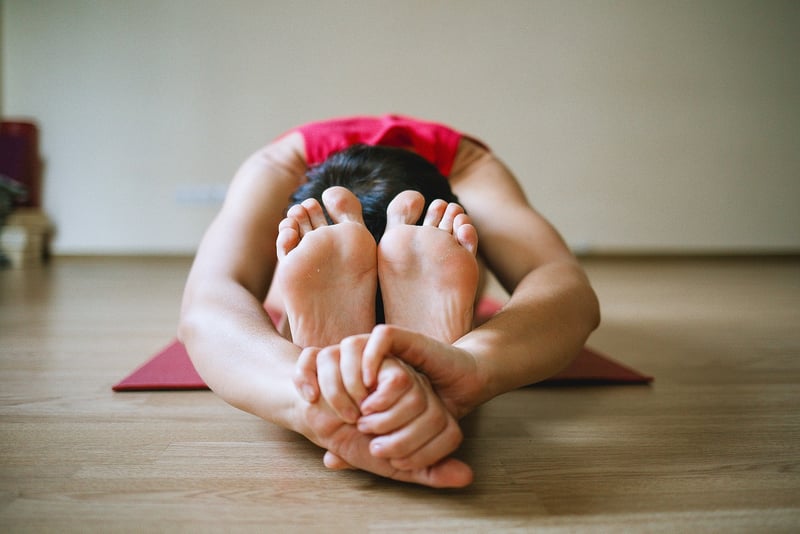Ashtanga Practice
Mindful Movement Through Poses: A Guide to Ashtanga Practice
Welcome to the world of Ashtanga Yoga, a dynamic form of yoga that combines breath, movement, and mindfulness to create a powerful practice. In this guide, we will explore the art of mindful movement through poses in the Ashtanga tradition.
What is Ashtanga Yoga?
Ashtanga Yoga is a traditional style of yoga that follows a specific sequence of poses, linking movement with breath. It is a rigorous and structured practice that focuses on building strength, flexibility, and stamina.
The Importance of Mindful Movement
Mindful movement is at the heart of Ashtanga Yoga. It involves paying attention to every movement, breath, and sensation in the body as you flow through the poses. This mindfulness helps cultivate a deep connection between the mind, body, and spirit.
Tips for Practicing Mindful Movement Through Poses:
- Focus on your breath: Coordinate each movement with your breath to create a seamless flow.
- Listen to your body: Honor your body's limits and avoid pushing yourself beyond what feels comfortable.
- Stay present: Keep your mind in the present moment, letting go of distractions and worries.
- Find your edge: Challenge yourself in each pose while maintaining a sense of ease and awareness.
Ashtanga Practice Sequence
The primary series of Ashtanga Yoga consists of a set sequence of poses that progressively build strength and flexibility. Here are some key poses commonly found in Ashtanga practice:
- Sun Salutations (Surya Namaskar): A series of dynamic movements that warm up the body and build heat.
- Standing Poses: Poses that focus on grounding and stability, such as Warrior poses and Triangle pose.
- Seated Poses: Poses that target flexibility and strength in the hips and spine, like Seated Forward Bend and Lotus pose.
- Finishing Poses: Cooling down poses that help to relax and restore the body, such as Shoulderstand and Corpse pose.
Benefits of Ashtanga Yoga
Practicing Ashtanga Yoga regularly can lead to a wide range of physical, mental, and emotional benefits. Some of the key benefits include improved strength, flexibility, focus, and stress relief.
Get Started with Ashtanga Yoga
If you're interested in exploring the practice of Ashtanga Yoga, consider finding a qualified instructor who can guide you through the poses and help you cultivate mindfulness in movement. Remember to listen to your body, stay present, and enjoy the journey of self-discovery through yoga.

Embrace the power of mindful movement through poses in your Ashtanga practice and experience the transformative effects it can have on your body and mind.
